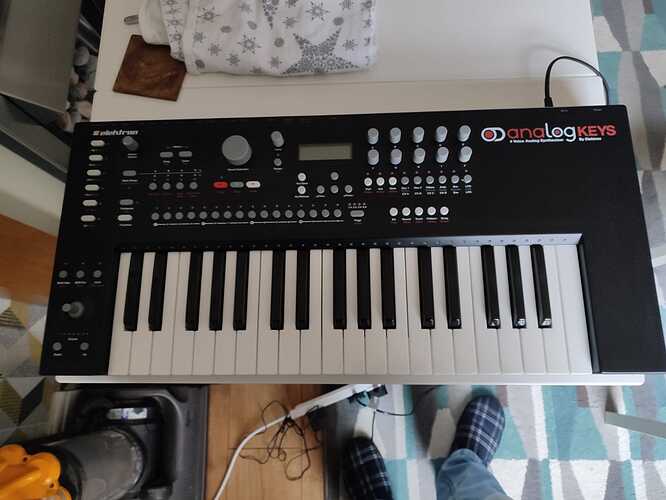Don’t get me wrong – I love the Elektron sequencer.
Last night I was jamming with a Digitakt and a Beatstep Pro driving another drum machine. Now, I don’t love the BSP sequencer like the Elektron, but there are some clear advantages that come from a more flat, limited architecture.
- Dedicated Channel Mute. It’s own button. Doesn’t require being in “mute mode.” Very handy.
- 16 dedicated trig-on/off controls. Doesn’t require being in “record mode.” Separating these from the pad triggers that indicate when a note fires is super valuable live, and is way more clear.
- Velocity sensitive pads. Obviously an advantage when playing in drum parts live.
- Ratchet modifier for playing in 16ths or whatever live. With velocity sensitivity, this is great!
- 16 encoders – one for each step - for velocity or gate length. Another obvious advantage for tweaking velocity levels quickly.
For me, BSP for the win in live situations. In the studio, I want the precision of the Elektron sequencer, but it feels like 90% of what it can do would be silly to attempt on stage, and the mulitple functions of the trig buttons and their coloured LEDs is a mess in the dark with stage lights flashing.






